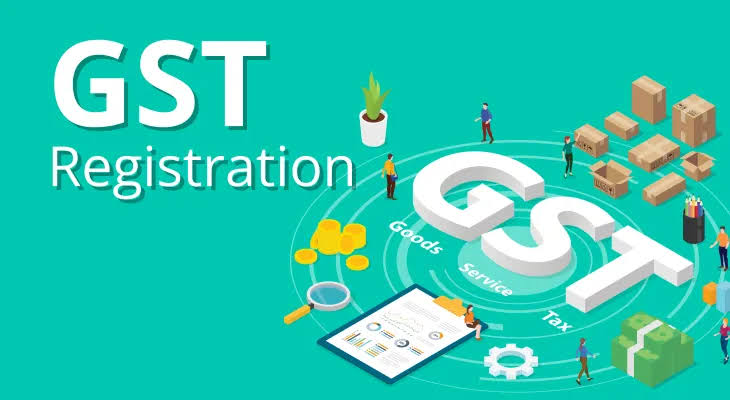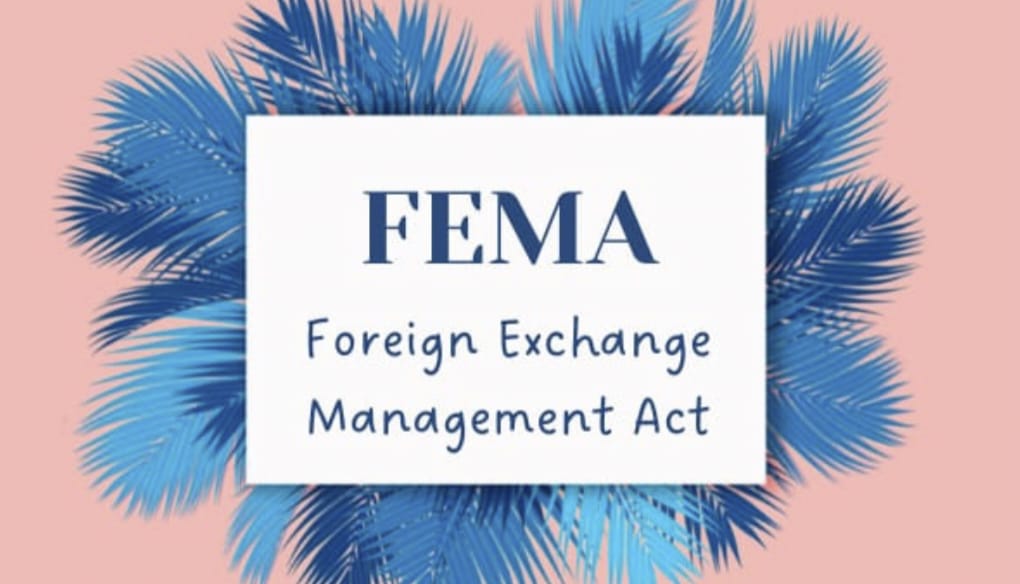GST Composition Scheme: Advantages and Disadvantages
The Goods and Services
Tax (GST) Composition Scheme is a simplified tax regime designed for small
taxpayers to ease their compliance burden. It offers a hassle-free way to
manage taxes without dealing with complex GST regulations. However, it is not
without its limitations. In this blog, we’ll explore the key advantages and
disadvantages of the GST Composition Scheme to help businesses decide whether
it’s suitable for them.
What is the GST Composition Scheme? and its Advantages
What
is the GST Composition Scheme?
The GST Composition
Scheme is an alternative tax regime for small businesses, traders, and
manufacturers with a turnover of up to ?1.5 crore. Under this scheme, taxpayers
pay tax at a lower, fixed rate on their turnover and file quarterly returns rather
than monthly. However, businesses that opt for this scheme cannot claim input
tax credit (ITC) on purchases.
Advantages
of the GST Composition Scheme:
1.
Lower
Tax Rates :
One of the major
attractions of the Composition Scheme is the reduced tax rates. Currently, the
rates are:
·
1% for manufacturers and traders (0.5%
CGST + 0.5% SGST)
·
5% for restaurant services (2.5% CGST +
2.5% SGST)
·
6% for service providers (3% CGST + 3%
SGST)
These
rates are significantly lower compared to the standard GST rates of 18% or
more, which makes it easier for small businesses to maintain their profit
margins.
2.
Simplified
Compliance :
Under the scheme,
businesses only need to file one quarterly return, the GSTR-4, as opposed to
the monthly filings required under the regular GST regime. This means fewer
records to maintain and a reduced compliance burden, which is a boon for small
businesses that may not have the resources to manage extensive tax
documentation.
3.
No
Need to Worry About ITC Calculations :
For businesses that
deal largely with end consumers and have low input costs, the inability to
claim Input Tax Credit (ITC) might not be a major issue. Since Composition
Scheme taxpayers pay tax at a fixed rate on their turnover, they don’t have to
worry about tracking and reconciling ITC claims.
4.
Increased
Liquidity :
Because the tax is
calculated on a fixed percentage of turnover and businesses don’t have to pay
the higher GST rates, they have better liquidity. This can help smaller
enterprises manage cash flow more effectively.
Disadvantages of the GST Composition Scheme
Disadvantages
of the GST Composition Scheme:
1.
No
Input Tax Credit (ITC) Benefits :
While simplified
compliance is beneficial, businesses that operate in a supply chain may find
the lack of ITC a significant drawback. The inability to claim ITC means that
the tax paid on inputs cannot be offset, potentially leading to higher costs.
This can make the scheme less attractive for manufacturers or traders who have
significant input costs.
2.
Restricted
Interstate Trade :
The GST Composition Scheme is only applicable for intra-state
transactions. Businesses that deal with interstate trade are not eligible for
the scheme. This limitation can be a major hurdle for companies that aim to
expand or already have a presence in multiple states.
3.
Not
for Large Businesses :
Businesses with a
turnover exceeding ?1.5 crore cannot opt for the scheme, which limits its
applicability to small businesses only. For medium to large businesses, the
benefits of the scheme are out of reach.
4.
Cannot
Collect GST from Customers
:
Businesses registered
under the Composition Scheme cannot collect GST from their customers. As a
result, the GST liability becomes a direct cost to the business, which can lead
to increased prices or reduced margins, particularly for businesses that have
low margins to begin with.
5.
Limited
Eligibility :
Certain businesses are
not eligible to opt for the Composition Scheme, including:
·
E-commerce operators
·
Service providers (except for restaurant
services and those notified under the scheme)
·
Manufacturers of certain goods like
tobacco, ice cream, and pan masala
The
restrictive eligibility criteria further narrow down the scope of the scheme
for various businesses.
Conclusion
:
The GST Composition
Scheme offers a simplified, cost-effective way for small businesses to comply
with GST regulations. With benefits like lower tax rates and reduced
compliance, it can be an attractive option for businesses with limited
resources. However, the lack of input tax credit and restrictions on interstate
trade may make it less suitable for businesses with complex operations.
Deciding whether to opt for the Composition Scheme ultimately depends on the
nature of your business, your input costs, and your long-term growth plans.






